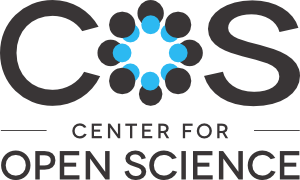Location
Our mission is to increase openness, integrity, and reproducibility of research.
These are core values of scholarship and practicing them is presumed to increase the efficiency of acquiring knowledge.
For COS to achieve our mission, we must drive change in the culture and incentives that drive researchers’ behavior, the infrastructure that supports their research, and the business models that dominate scholarly communication.
This culture change requires simultaneous movement by funders, institutions, researchers, and service providers across national and disciplinary boundaries. Despite this, the vision is achievable because openness, integrity, and reproducibility are shared values, the technological capacity is available, and alternative sustainable business models exist.
COS's philosophy and motivation is summarized in its strategic plan and in scholarly articles outlining a vision of scientific utopia for research communication and research practices.
Because of our generous funders and outstanding partners, we are able to produce entirely free and open-source products and services. Use the header above to explore the team, services, and communities that make COS possible and productive.
Members:
Resources
Displaying 446 - 447 of 447Land Reform in Italy
Agricultural and Food Policy, Land Economics/Use,
Changes in Farm Land Ownership
As land represents more than half of the investment in agriculture in the United States, it follows that the nature of its ownership is related to the public interest. Our national supplies of food and fiber depend upon the output of the land. Title to it as he wishes. He may let it lie idle or exploit it. Also, the rights of ownership it confers upon the owner the right to use he may cultivate it; he may conserve it or provide the basis for the sharing of its returns. Data covering the ownership of farms by operators are available from the Censuses of Agriculture as far back as 1880.


